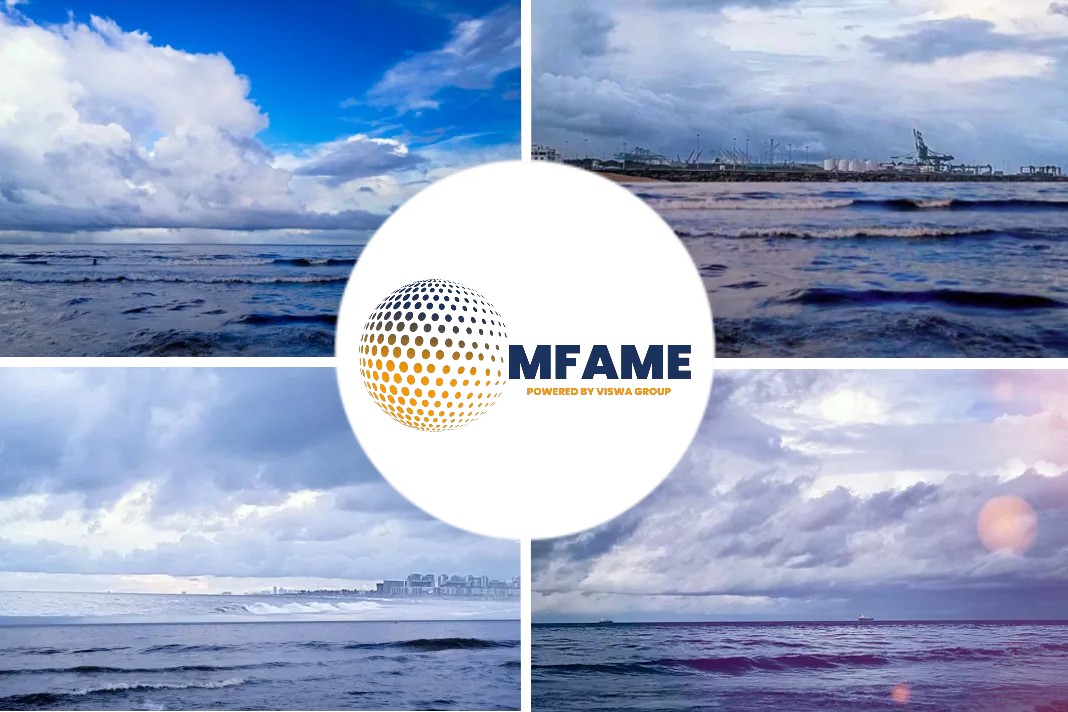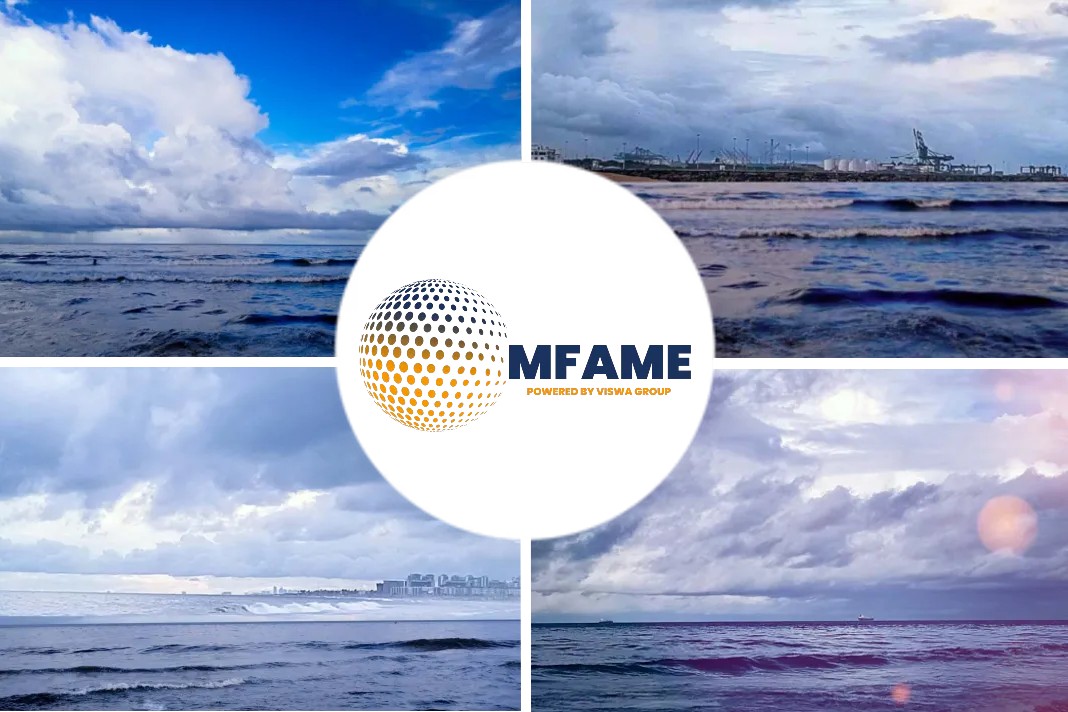Hapag-average Lloyd’s Q2 freight rate increased 6% from Q1 to 71% over the prior year as reported by Freight Waves.
Shipping outlook
The fifth-largest liner company in the world, Hapag-Lloyd, provides the following container shipping outlook: Demand is decreasing, spot freight costs should continue to decline, and the extreme congestion that is currently present should lessen. However, demand is not crashing. The U.S. East Coast is one region with particularly severe congestion. And greater contract prices will counteract spot rate losses, resulting in nearly record earnings in the second half.
Container shipping demand
“The U.S. consumer seems to be holding up reasonably well,” Hapag-Lloyd CEO Rolf Habben Jansen said during a conference call on Thursday.
Commenting on import demand as of today, halfway through Q3, Habben Jansen said: “We see U.S. demand holding up, whereas certainly in Europe and some other places there’s probably more nervousness and uncertainty.”
However, he does see “a fairly material easing of demand” compared with the peak.
That’s why you see the spot rates coming down.
It’s not like there is no tension whatsoever.
But there are certainly signs that the market is easing somewhat.
Container shipping spot rates
Hapag-Lloyd secured an average rate of $5,870 per forty-foot equivalent unit in Q2 2022, up 71% from the year before and its highest quarterly average ever.
Its average rates rose 6% sequentially versus the first quarter, during a time when the Shanghai Containerized Freight Index, which measures spot rates, dropped 26%.
The rise in Hapag-Lloyd’s average rates was driven by higher annual and multiyear contract rates, said Frese.
The company’s full-year guidance implies contract rates will continue to support average rates.
Hapag-Lloyd expects earnings before interest, taxes, depreciation and amortization of $8.6 billion-$10.6 billion in the second half, with Q3 stronger than Q4.
“The exceptional freight rate environment continues to be the main driver of our financial performance,” said Frese.
Congestion easing at some ports, but not on East Coast
Port congestion is helping to support rates by tying up ships and removing effective transport capacity from the freight market.
Clarksons’ container shipping congestion index is now close to its all-time high.
The U.S. West Coast has clearly improved.
Container availability is clearly better than it was some months ago. So, I would expect this congestion index is going to show an improvement over the months to come.
Container availability is clearly better than it was some months ago.
On the East Coast, “things are not deteriorating but they are not improving.”
Advantage goes to cargo shippers in 2023-2024
The wind-down of congestion — when it finally happens — will release more ships into the market.
A wave of new-build deliveries will inject even more capacity in 2023-2024.
It’s a very significant orderbook, which means we will get quite a lot of new vessels in the fleet going forward.
Competitor Maersk estimates a higher potential: 5%-15%.)
After several years of import demand outpacing transport supply, it cited estimates that global fleet capacity will grow 7% in 2023, more than twice the 3% growth rate for demand.
Did you subscribe to our daily Newsletter?
It’s Free! Click here to Subscribe
Source: Freight Waves

















